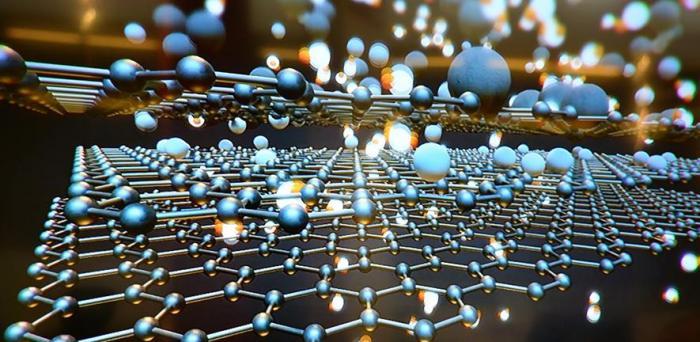The results, reported in the journal Physical Review Letters, could be used to design new types of materials and quantum technology devices. The researchers, from the University of Cambridge, captured the movement of the atoms at speeds that are eight orders of magnitude too fast for conventional microscopes.
Two-dimensional materials, such as graphene, have the potential to improve the performance of existing and new devices, due to their unique properties, such as outstanding conductivity and strength. Two-dimensional materials have a wide range of potential applications, from bio-sensing and drug delivery to quantum information and quantum computing. However, in order for two-dimensional materials to reach their full potential, their properties need to be fine-tuned through a controlled growth process.
These materials normally form as atoms ‘jump’ onto a supporting substrate until they attach to a growing cluster. Being able to monitor this process gives scientists much greater control over the finished materials. However, for most materials, this process happens so quickly and at such high temperatures that it can only be followed using snapshots of a frozen surface, capturing a single moment rather than the whole process.
Now, researchers from the University of Cambridge have followed the entire process in real time, at comparable temperatures to those used in industry.
Image: 2D materials
Credit: Image by seagul from Pixabay
Reproduced courtesy of the University of Cambridge
